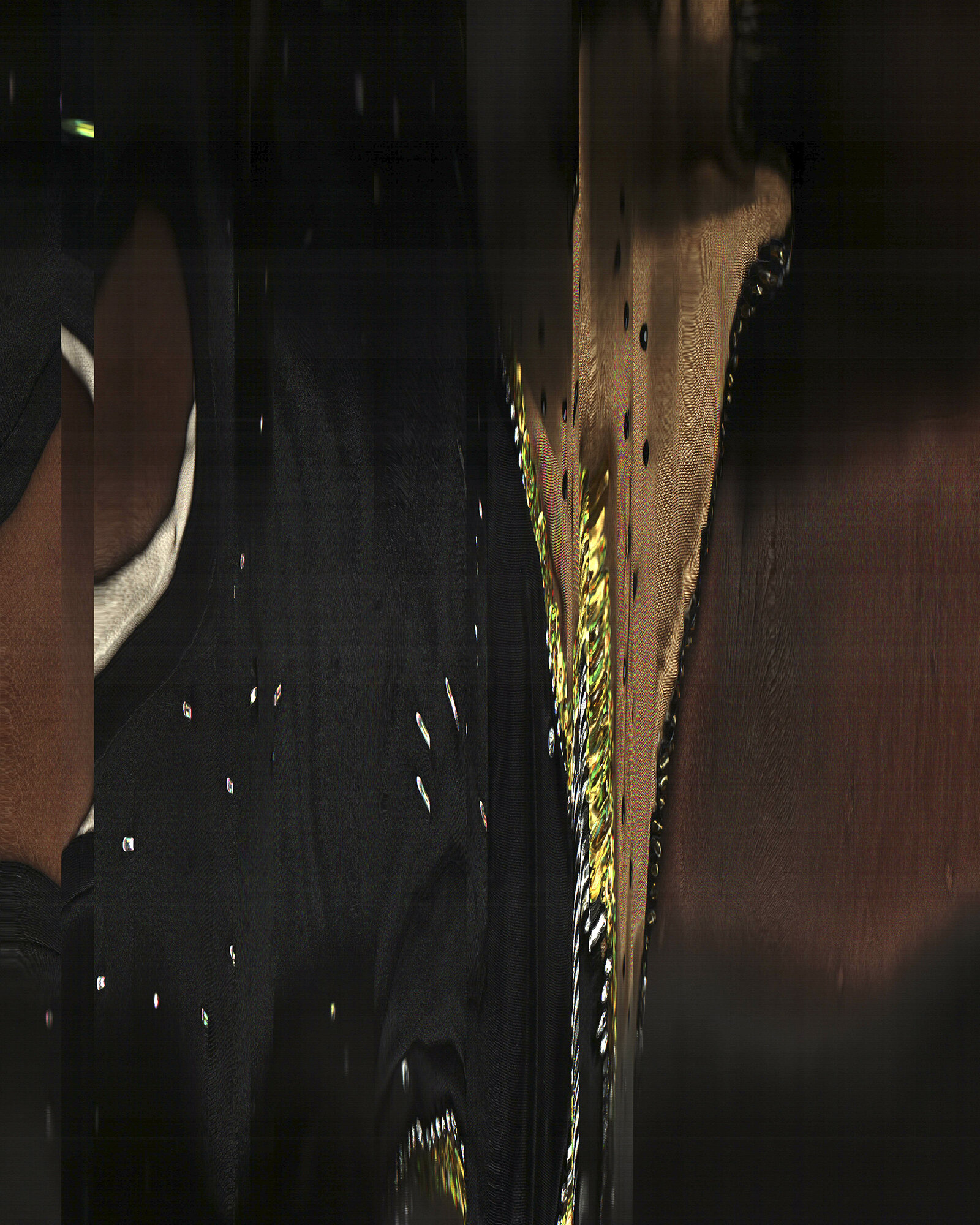Untitled (selected Brazil works)



















body scans, captured 2015, first produced 2017
The Mangueira favela, prominently situated alongside a concrete highway and the Brutalist Maracanã stadium, is home to the famous Samba School from which Rio’s carnival originated, and also the site of Brazilian artist Hélio Oiticia’s 1960s experimental Parangolés - “habitable” and “active” colour-structures in space that have both a tactile-corporal and a visual dimension and are meant to convey the total yet fleeting experience of colour in action [The Body of Colour, Tate, 2007].
At the Vila Olímpica da Mangueira - a social project in the favela - Longhurst encounters a troupe of rhythmic gymnasts and spends time with them exploring their vibrant body culture as well as the broader politics of their situation. They have no common language but discover a connection through a shared passion for gymnastics, music and movement. Funding for gymnastic coaching collapses after a series of political / corporate corruption scandals. However the girls still train in the corporate colours of Petrobras, the disgraced state petroleum company, linked to the (subsequent) downfall of the Brazilian government. The tightly choreographed gymnastic performances of these young Carioca girls embody many group identities: they simultaneously speak of locality, race, class, gender and nationality. Their elaborate performance costumes are hand–made by their mothers and grandmothers. The favela ‘make do and mend’ approach prevails.
In the spirit of favela living Longhurst re-purposes a cheap scanning wand. She pares back her representations of their body movements, removing the literal, and leaving an abstraction of colour, movement and form, as shaped by favela life. A potent archive of body scans is developed – particular, but not specific: individual girls deliberately unidentifiable in the resulting flattened 2 dimensional images. National and team identities are stripped away to expose passion, flair, the tough reality of their lived experience, and their dynamic agency.
On her return to the UK Longhurst produces New Order (Brazil), a cluster of small quasi-abstract dye-sublimation prints made direct to aluminium, whose shimmery effect de-stabilises a sense of time, body form and place. The other body scans are printed as colour copies, and compiled into multiple workbooks, a physical record of a digital archive awaiting further activation.
The images here are a selection from this archive made in response to an invitation to exhibit at Galerie Andreas Schmidt. 16 c-type prints: nine 8" x 10" (202mm x 252mm), five 10" x 8" (252mm x 202mm), one 7.6" x 30.2" (194mm x 770mm), and one 7.9" x 30.2" (200mm x 770mm) are presented as a counterpoint to Longhurst’s other exhibited work, Twelve Bitches, 2003.
Exhibited in Perfect / Imperfect, Galerie Andreas Schmidt, Berlin, 2017
